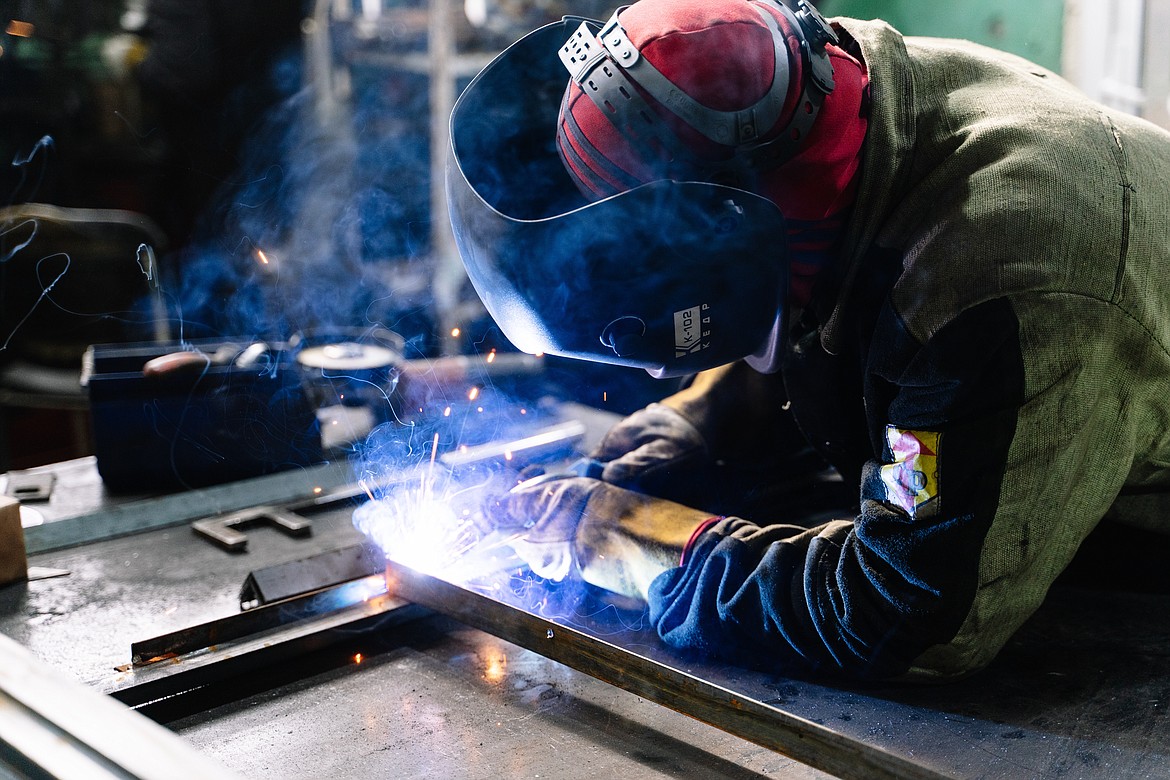Wash. unions join in support of climate-friendly jobs
MOSES LAKE — Six Washington-based unions are teaming up to take advantage of Washington’s legislative environment and the need for workers to fill environmentally-friendly jobs created by that environment.
Become a Subscriber!
You have read all of your free articles this month. Select a plan below to start your subscription today.
Already a subscriber? Login





